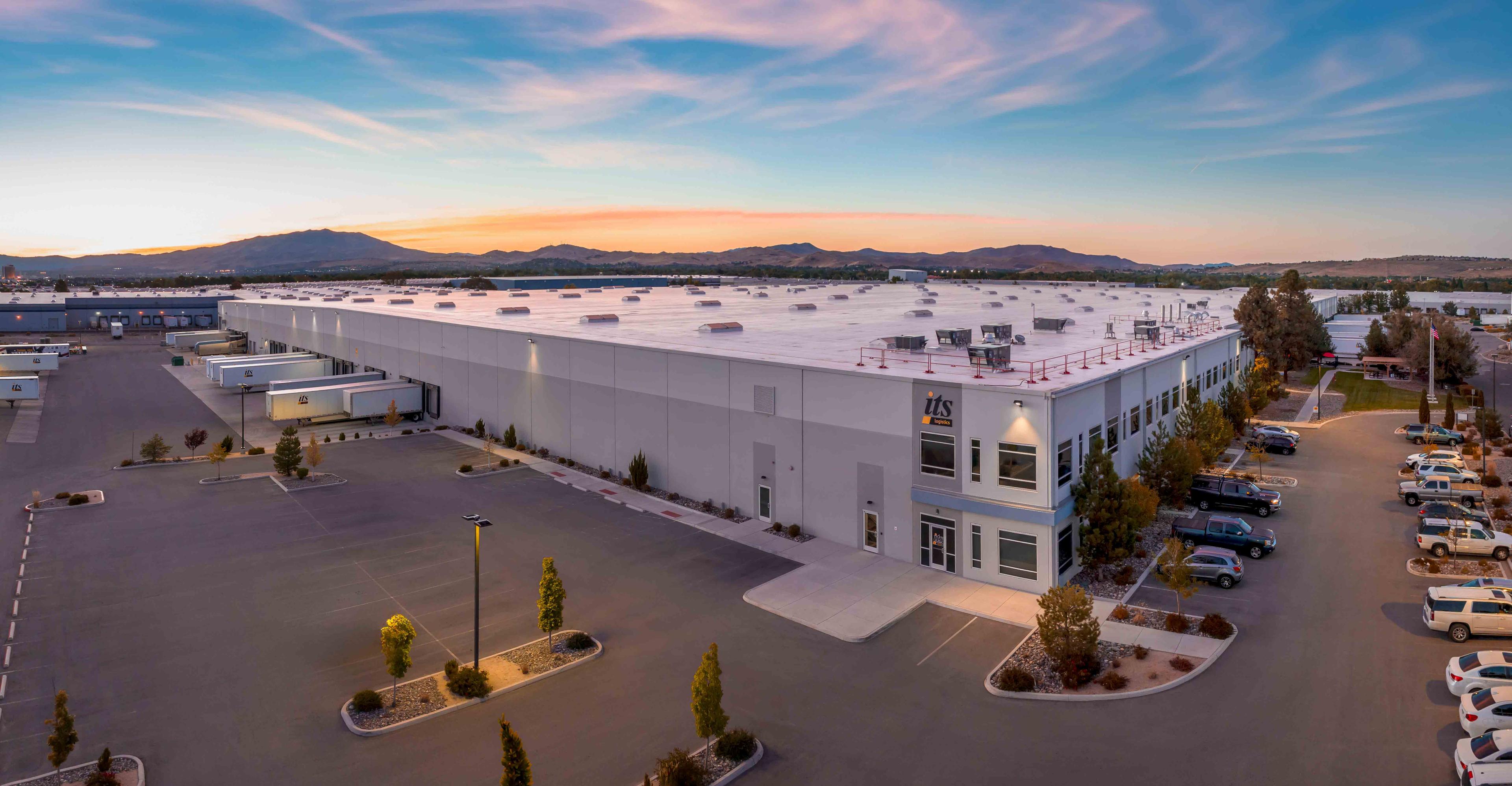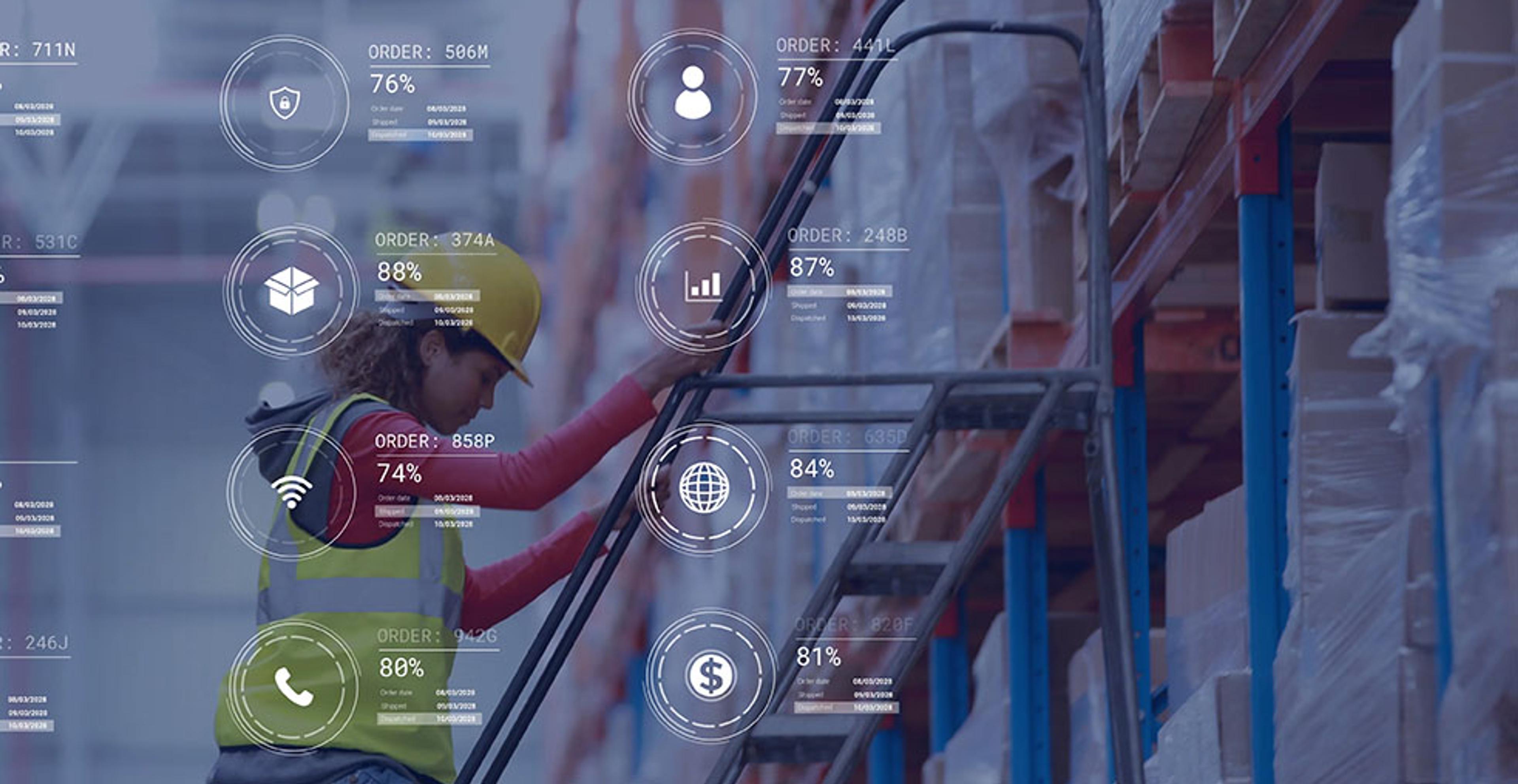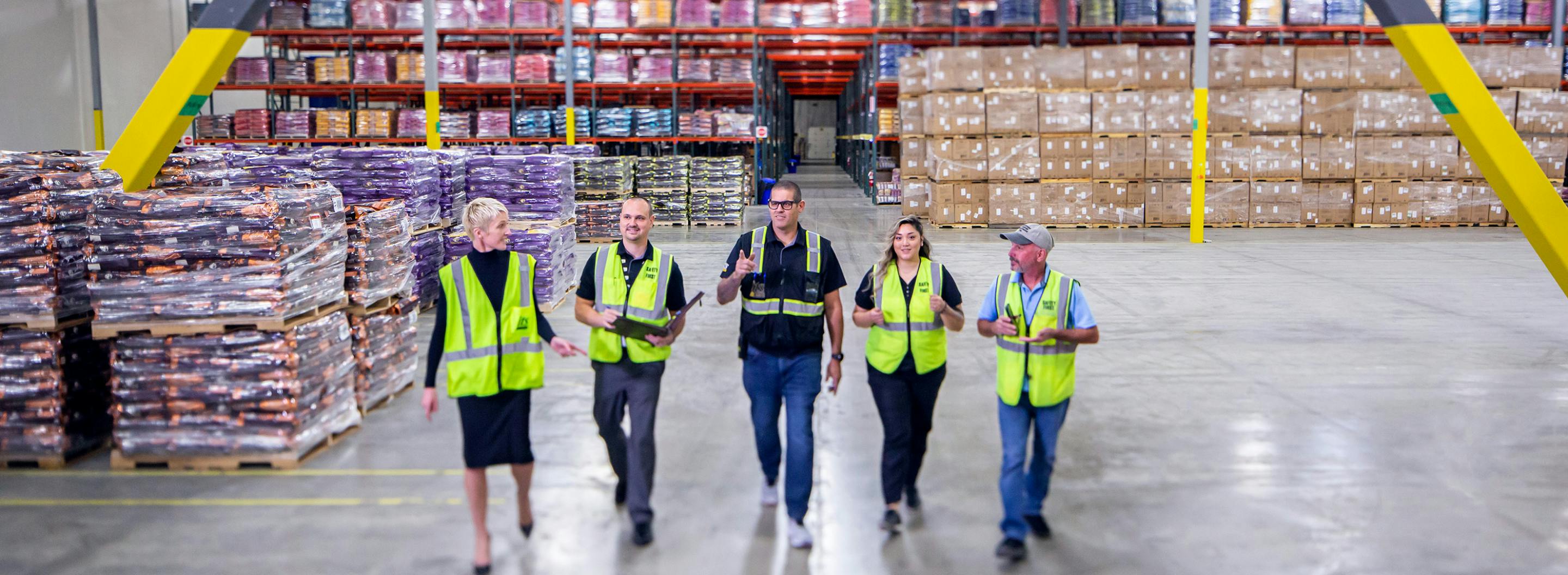
Every year, consumers spend billions on online shopping. Current trends and predictions suggest that ecommerce will continue to grow steadily. Online shopping is favored for its convenience, allowing shoppers to make purchases from home, and it helps ecommerce businesses save on the costs associated with physical stores. For online businesses, fulfilling orders is crucial. No matter the option chosen, a distribution + fulfillment and a third-party logistics provider (3PL) is part of the process.
When looking for the right third-party logistics provider (3PL) for your business, there are many intricacies to consider, but one of the biggest factors can be pricing. Warehouse pricing models come in many shapes and sizes. Of course, there are a variety of factors that are considered in warehousing costs including the storage fee, square footage, order fulfillment fee, inventory management requirements, operating expenses and special projects and services, to name a handful. Due to this, these pricing models are not one size fits all. Many fulfillment companies offer a few different warehouse pricing options that you can choose from based on your unique needs. These are a few of the most common pricing models to understand and consider when you are negotiating.
Transaction or Unit Rates Model
The transactional or unit rates model is based on pricing on the transactions or units themselves such as per pallet, per unit, per transaction or per shipment. This warehouse pricing model provides shippers with predictable financial planning, accurate forecasting, easy billing reviews, lower financial risk, and detailed SOPs. Shippers will typically pay higher margins with this model to protect from variability affecting the costs. Sometimes 3PLs might charge hourly rates for any out-of-scope projects that come up between negotiations. With this model, the shipper’s margins are protected from forecasting errors through volume brackets. However, the profitability risk can be high. It can be a great fit if you require additional services like kitting and assembly or pick and pack. It can even be used if you already have a different pricing model for your core services. In order for this method to be successful, it requires upfront communication and careful management of SOPs and contract terms.
With this model, the shipper’s margins are protected from forecasting errors through volume brackets, but the profitability risk can be high.
Fixed Variable Warehouse Pricing Model
Fixed variable pricing is used when a shipper contracts a fixed warehouse space. The pricing structure is based on a fixed monthly fee, including the warehouse storage cost and infrastructure, as well as any kitting, assembly, or pick and pack fees. This method allows shippers to collaborate with the fulfillment company to determine what to include and exclude as fixed and variable expenses. Examples include operating costs, the warehouse management system, business intelligence analytics data integration and warehouse automation. The method offers increased collaboration between companies and the 3PL in forecasting and financial visibility. It also provides a level of predictability month-to-month, offering flexibility in the partnership. This warehouse pricing model is less risky for the shipper than the unit or transactional model and it offers higher margins by holding profitability and fixing expenses during low volume seasons.
Open Book or Cost-Plus Warehouse Pricing
This warehouse pricing model is usually a good deal for the shipper. Typically a fulfillment provider will charge the lowest margin percentage in the open book/cost-plus pricing model. Cost-plus pricing offers shippers full visibility to all expenses to help identify areas for improvement, as the 3PL’s fulfillment costs and expenses are open and up for discussion. The financial effect of continuous improvements is seen immediately, and the 3PL has more flexibility to react to requests, market conditions and expansions. On the other hand, with the open book model, swift decisions or pivots might result in unforeseen expenses for the shipper, especially under specific market conditions. This model requires tighter control and increased time for invoice reviews, which can sometimes lead to a delay in expense reduction. However, the cost-plus model does give shippers a stronger and more collaborative relationship with their fulfillment service provider.
Cost-plus pricing offers shippers full visibility to all expenses to help identify areas for improvement, as the 3PL’s fulfillment costs and expenses are open and up for discussion.
Another model that falls under the open book/cost plus model is called Gainshare. This model rewards both the shipper and the 3PL based on performance and any improvements that have been completed over a certain time period. Both the shipper and the 3PL work together and brainstorm ways to improve costs as well as the overall supply chain. It typically requires establishing a baseline to measure success, which can take a year or more, but it can lead to shared reward in financial improvements and a long-term partnership.
Revenue Share (Also Referred to as Rev-Share)
This model is very simple but requires just as much work and discovery as all the models above. In this model, the 3PL charges their customers a percentage of their total sales. Shippers like it because it ensures a static cost of warehouse operations as a percentage of sales. However, the model is rarely accepted by 3PLs as it does not allow for revenue to respond to the operational changes. A good example of this was in 2020 when a lot of retail volume moved to direct-to-consumer sales. The accompanying revenue share accommodated big shipments that were picked in full cases and full pallets and sent to retail distribution centers. A portion of that volume left the distribution centers one unit at a time. This means they needed to be packed and shipped individually to the end consumer. Significantly more effort was invested in that particular unit, but the revenue increase may be minimal, resulting in financial losses for the 3PL due to the rising operating costs. This model also requires a lot of forward and backward-looking analysis and forecasting to ensure accuracy.
Learn more about Factors That Affect Warehousing Costs and Fulfillment Costs & Common Fulfillment Fees.
Questions to Ask Your 3PL Before Selecting a Pricing Model
Before choosing a fulfillment provider and a warehouse pricing model, it's crucial to consider various factors. This ensures that you get the best value for your money and find the most suitable fit for your business. First, it’s important to understand what the cost of scaling your operation would be and whether that is already included in the provided warehouse cost. Additionally, consider the cost benefit analysis: the cost of determining best practices and methods that most closely align with your operational needs. Your 3PL should also assist with continuous improvement, operational cost savings, branching into new markets and channels, and provide professionally assembled orders and a focus on brand image as part of their fulfillment pricing model. Be sure to analyze pricing models from any 3PL provider with these things in mind. Your 3PL should offer solutions that increase efficiency but also helps scale at a much faster pace and enter new markets and channels seamlessly.
Learn More About Warehouse Pricing Models with ITS Logistics
At ITS, we know that it can be difficult to determine what kind of warehouse pricing model is the ideal fit for your business. We offer a variety of pricing models as well as proven case studies to help you decide which model to select. One of our key strengths is truly putting in the work to understand your business so we can offer you the best warehouse pricing model to help you accomplish your goals in the most efficient and cost-effective manner possible. Give us a call today to see how we can help.
How can we help you?



